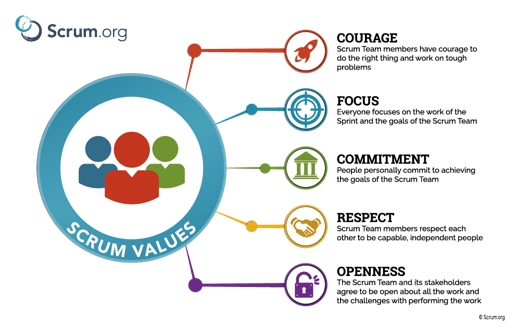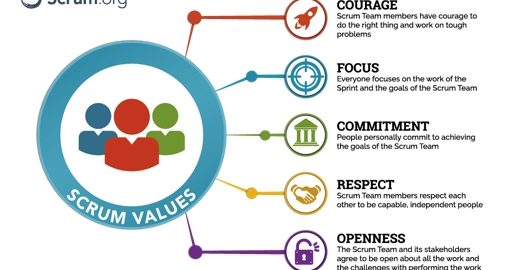— March 17, 2019
An Agile mindset is crucial in management roles for organizations that are moving towards Agility. I observed this while working in various organizations and currently am a witness of it while assisting my customers.
Decisions, actions, directions and vision often come from the management level, especially in the hybrid world. When an organization thinks about applying Scrum, they shouldn’t expect only changes of how teams work but also, they should start considering how the management team intends to operate.
The substantial concept is to realize that Leaders are crucial and impactful to apply Scrum in teams and organization.
Start with Yourself
If a leader of an organization thinks about applying Scrum as their framework of choice, the change starts with them. Again, from my experience, some companies expect modifications on the team level without considering a requirement of organizational transformation or, even more remarkable, inside the leadership team.
Tips:
• Leaders may apply the Scrum Framework inside their own management team
• Look at the maturity level of the management team, improve this accordingly
• Leaders may initiate organizational changes towards cross-functional Scrum Teams (but let them form Scrum Teams by themselves to increase self-organization)
• Focus on products and delivering value
• Leaders apply Agile Manifesto and Agile principles to their work, encourage teams to follow them
• Lead by example and show teams Agility; Change the culture

I’d met a leadership team who uses the Scrum Framework. They told me “How can we expect our teams to work with Scrum if we don’t practice it on our own?”.
Accept Complexity
Organizations very often deal with complexity. Their products and market belong to the complex domain, where more is unknown than known. Usually, organizations try to solve complexity by predictability or old management habits (from the industrial era) and therefore often fail. The challenge is to realize and accept the fact that the company operates in the complex situation, where long-term predictions may mislead and end up with missed opportunities within the market (or other possible undesirable results).
If the organization works in the complex environment, product delivery is placed in the complex domain. Leaders may deal with complexity by introducing the Scrum Framework or continuously improve existing Scrum (if already applied).
The Scrum Framework is designed for solving these complex problems. Scrum is based on the empirical approach which consists of 3 pillars: transparency, inspection, and adaptation. These are the key ingredients to an Agile mindset and this is essential to Agile leadership.
While serving my customers and helping them adopt Agility and Scrum, I observed that it is more effective when Leaders help their teams and organization to build such this mindset and incorporate it into the culture.
Apply Scrum Values
Agile Leaders tend to respect and live by Scrum Values. Leaders should be a good example and teach the organization how to live by the Scrum Values, make them alive in their work environment and make them important. These values might be “a bridge” between teams and leadership, something they share and respect together. This brings a sense of unity and identification within the organization.

Impediments
Scrum Masters are responsible for removing impediments for the Scrum Team. They are making many attempts and at times they are unsuccessful. More often than not, Scrum Masters are not able to remove specific impediments by themselves. Some decisions regarding impediments have to be made on the management level. A leader can help a Scrum Master to remove impediments and collaborate with the Product Owner and organization to resolve problems within the team.
Conclusion
The importance and “primum mobile” of Agile leaders are invaluable. This role is impactful and tangible both for organizations and teams. Agile Leaders have the potential to change the culture, working environment and have a direct (or indirect) impact on delivering value.
Business & Finance Articles on Business 2 Community
(173)
Report Post




